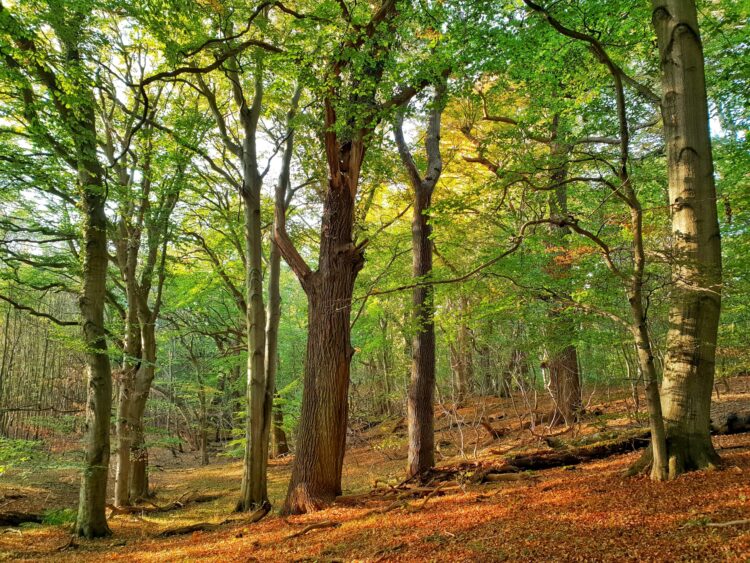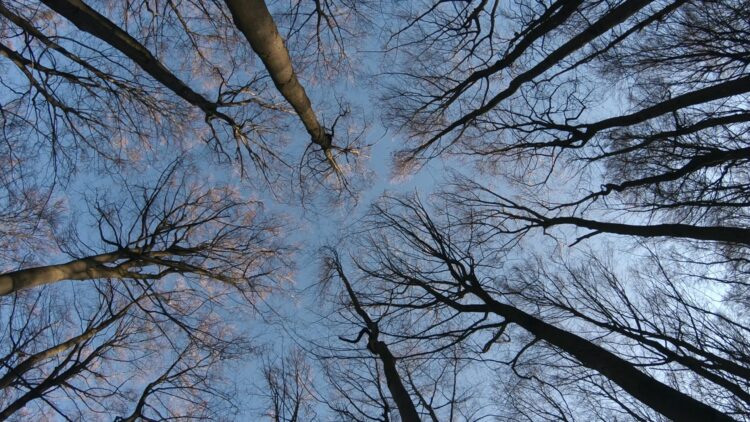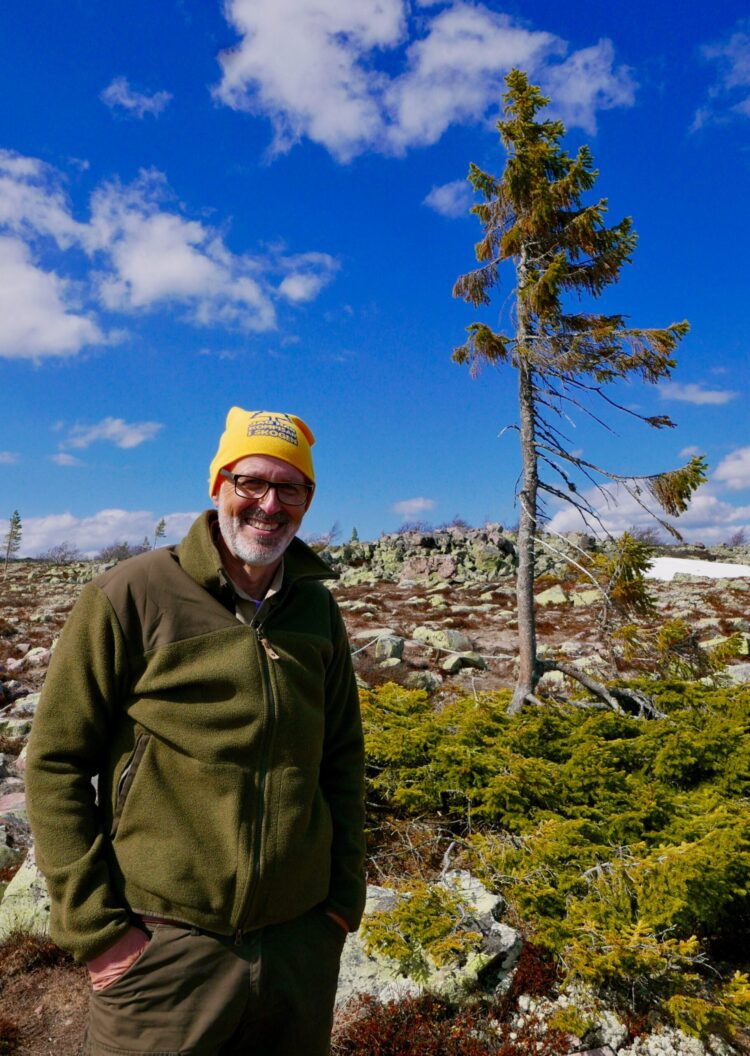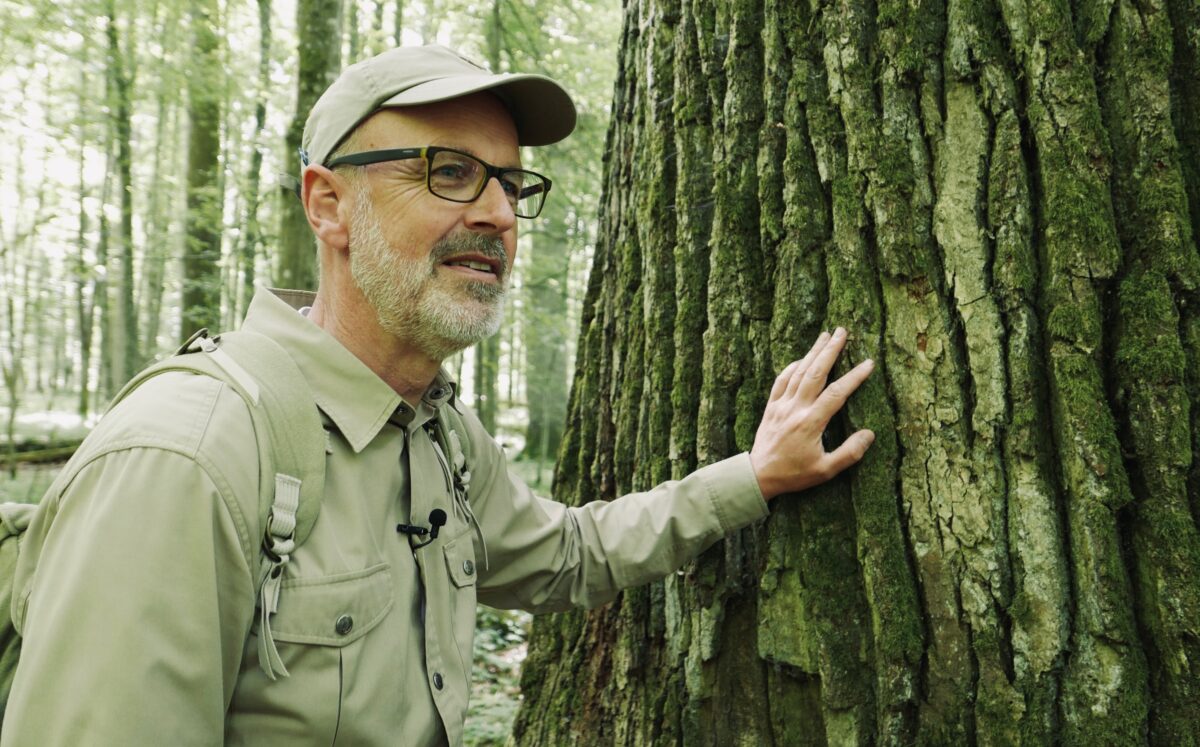A magnificent tree is a sight to behold and a majestic forest is awe-inspiring. I have walked and hiked through sun-dappled and dim forests and jungles alike and have never been disappointed by the sylvan and spiritual vistas.
Trees are ubiquitous, whether in rural regions or in urban settings, but they should not be taken for granted and should always be appreciated, German forester Peter Wohlleben contends in Jorg Adolph’s intriguing documentary, The Hidden Life Of Trees, which opens at the Fox Theatre in Toronto on September 24.
This 84-minute film, based on Wohlleben’s book of the same title, is educational yet not pedantic. It imparts fresh and important knowledge in an appealing down-to-earth style.

Describing himself as a conservationist, he takes us on a journey of discovery through German and Swedish forests and pauses in Poland and Canada.
He starts by disclosing that sturdy old-growth trees share food with weaker and vulnerable trees of the same species by pumping sugar into their stumps.
He goes on to say that the slower a tree grows, the longer it lives. Trees that mature quickly tend to die earlier. In general, the lifespan of a tree is five times longer than that of a human.
Astonishingly enough, beeches and oaks register pain when animals feed on them, releasing chemical compounds to defend themselves.
Still more amazingly, trees enter into symbiotic relationships with fungi. Trees dispense carbohydrates to fungi, and in exchange, they filter our heavy metals in fungi.

City trees are prone to stress and often die prematurely, but all trees are susceptible to parasites, he adds.
Last but not least, the rotting remains of fallen trees invigorate the ecosystem of a forest.
On a trip to Sweden, he comes upon a scraggly-looking spruce that has been assessed to be 9,550 years old. Without elaboration, he labels it as the world’s oldest tree, but how can he be so sure? How can anyone be certain?

The Hidden Life of Trees is both technical and aesthetic. As Wohlleben bombards us with fascinating facts, the cinematographer offers stunning views of serene woodlands and slow-motion takes of saplings sprouting miraculously from acorns.
Long ago, 80 percent of Germany was covered in ancient primordial forests, but much of them were cut down to make way for farmland. He suggests that climate change will accelerate dangerously if forests are not allowed to grow old. He suggests that most conifers in Germany will disappear within 20 years.
Wohlleben’s trip to Poland, as portrayed in the film, is extremely brief and perfunctory. His excursion to British Columbia, during which he visits a First Nations reserve and meets the ecologist David Suzuki, is superficial and barely illuminating.
Despite these deficiencies, The Hidden Life Of Trees is well worth the price of admission.
